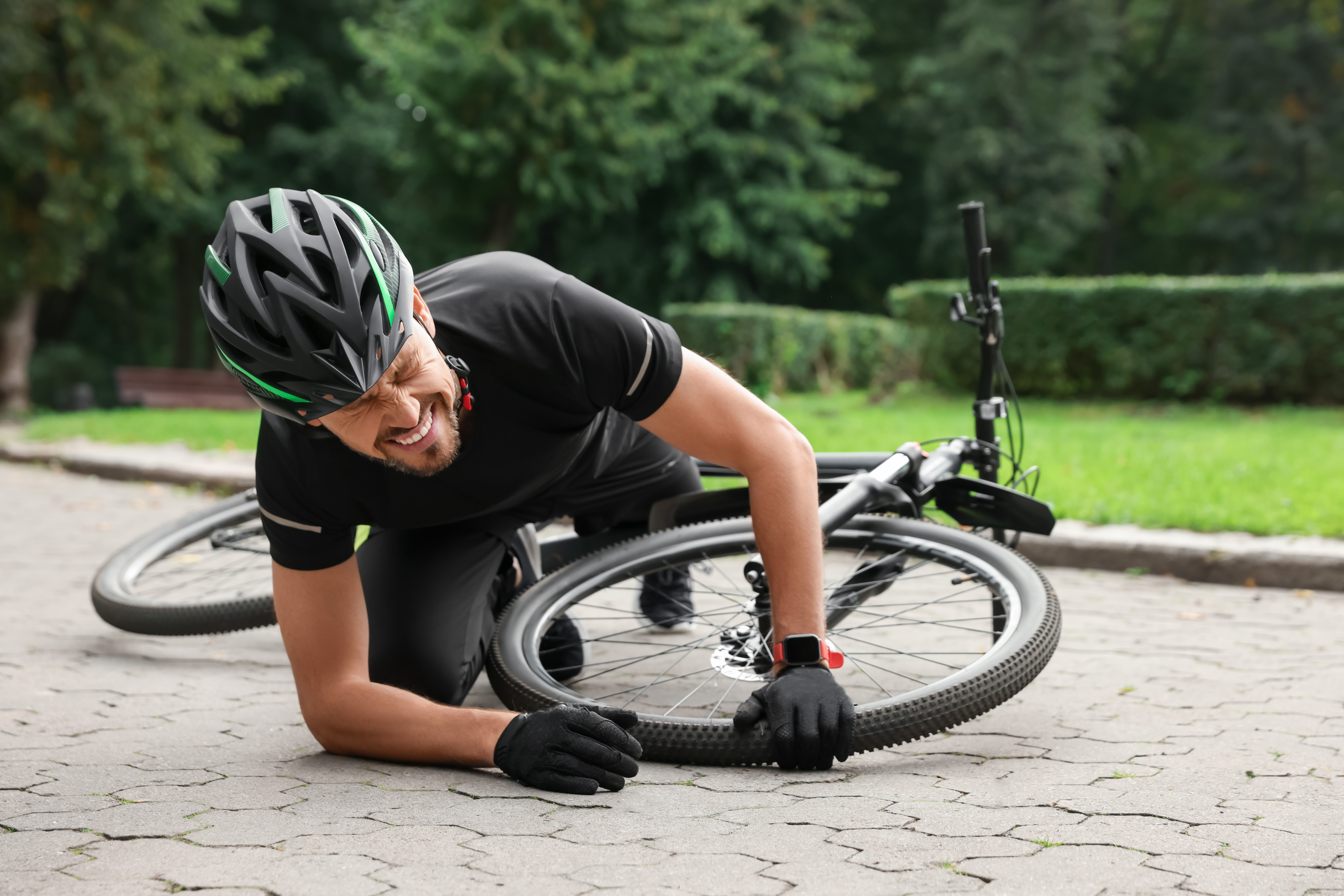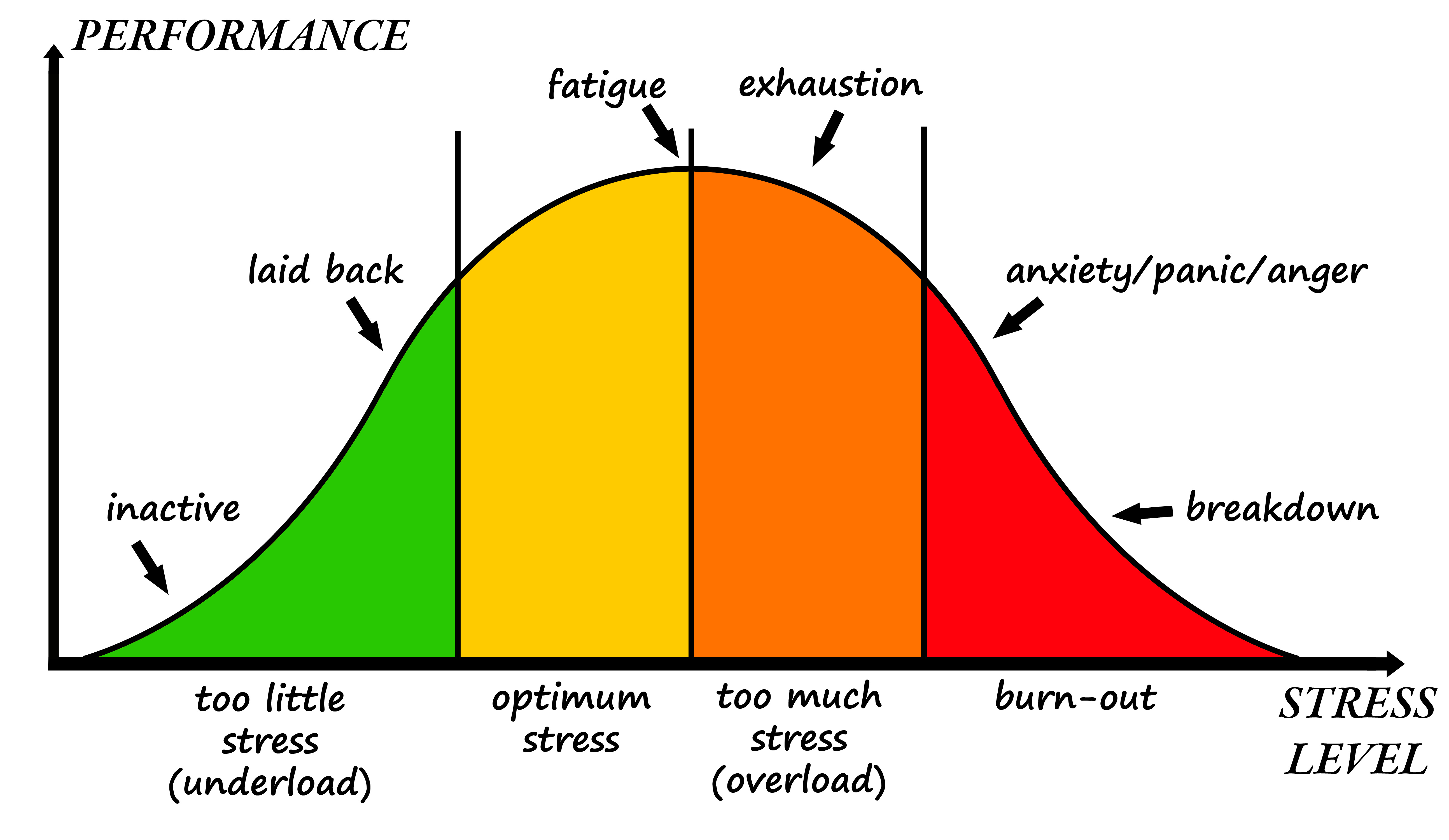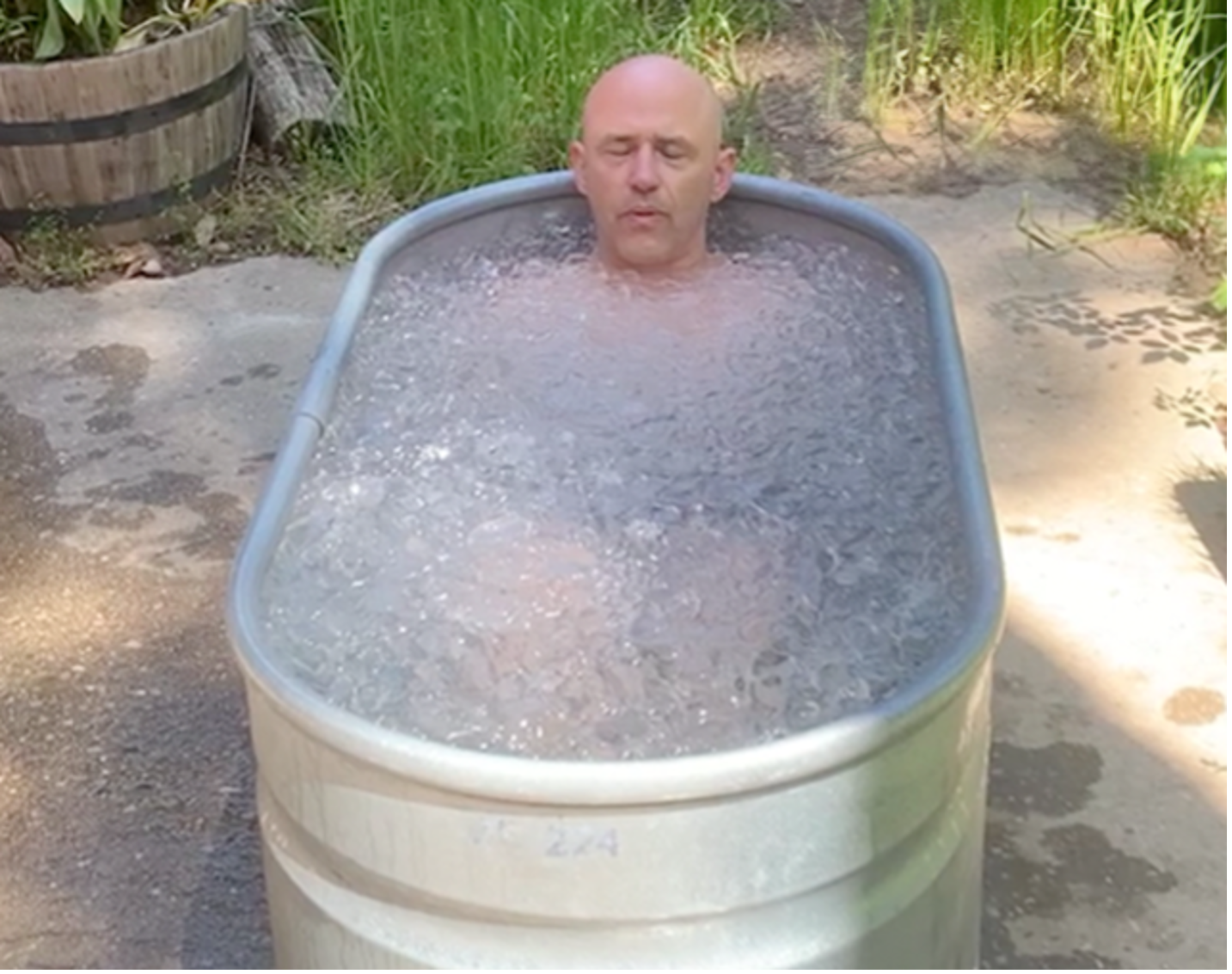New Frontiers in the Treatment of Chronic Pain, Part 3, Tips For Self-Care.
(The video provides a brief overview; read the article below for a more in-depth understanding.)
In this chronic pain series, we aim to understand the crucial distinctions between conventional perspectives and the insights provided by modern neuroscience regarding the origin and management of chronic pain.
The Old Paradigm: Pain, The Cause is External
Traditionally, pain has been considered directly proportional to the degree of physical injury, viral load, or level of infection. This methodology often leads to confusion, especially in cases where there’s no medically measurable cause for the pain complaint. Such instances can lead medical professionals to dismiss chronic pain and illness as merely psychological, which can unnecessarily compound the patients’ suffering.

The Conventional Model of Pain Matches the Level of Injury to The Expected Pain Level
Modern Neuroscience’s View: Pain is Largely Interpretive
Modern neuroscience offers a shift from associating pain solely with physical damage, viral load, and infection levels to a more comprehensive understanding: unexplainable chronic pain results from an unconscious interpretation of the level of harm or potential danger. This perspective acknowledges chronic pain and illness for their multifaceted and complex nature
Rather than being a direct result of physical injury, viral load, or level of infection, chronic pain or illness is seen as a product of how our unconscious nervous system interprets sensory data and responds to perceived threats. This interpretation process is a product of evolution, designed to keep us safe by prompting behaviors that move us away from danger and towards safety.
Interestingly, the intensity of chronic pain often doesn’t correlate with what can be medically measured. Chronic pain can exist without any detectable injury or disease, underscoring these conditions’ complex and often perplexing nature. Consequently, medical practitioners applying traditional models may struggle to find effective approaches to ease the patient’s suffering.
Bridging the Gap Between Unconscious Reponses and The Conscious Mind
In the modern science view, when we manage chronic pain, our primary goal is to adjust our unconscious sensory system, a part of our nervous system that responds to danger without us actively thinking about it.
How do we make this adjustment? We use specific exercises designed to help us improve our ability to handle stress.
Typically, when chronic pain can’t be explained by medical tests, it’s often dismissed as a psychological issue. The conventional approach suggests that pain arises from negative thinking and mental disorders, asserting that we consciously make most of our choices and that changing our thoughts can cure us.

Doctors are Often Puzzled When Tests Show No Probable Cause for Chronic Pain
The new model interprets unexplainable chronic pain as an indicator of an unbalanced unconscious system, not a psychological defect or a dodging of responsibility. This imbalance can be the genuine source of persistent pain. In this view, the person isn’t “crazy” or shirking duty; they’re experiencing a physiological/body issue that needs addressing.
Understanding this shift in perspective is vital. Experiencing chronic pain is not a personal failure. It’s an involuntary response that’s mostly not under our conscious control. Many chronic conditions, such as fibromyalgia, chronic pain, migraines, autoimmune diseases, anxiety, and depression, often have their roots in a dysregulated nervous system. These conditions share a common thread – the nervous system’s inability to process stress in a way that supports health
Adapting to Stress, Not Avoiding it: The Path to Recovery
Retuning our unconscious sensory system can yield unexpected benefits. As your system becomes more adaptable, treatments that previously produced no positive results may start aiding in your recovery. Therapies and practices often aren’t effective because an overwhelmed, unconscious nervous system can interpret any input as a threat and react negatively, sometimes worsening the condition. However, as your nervous system becomes more regulated, it can better manage these inputs, enhancing the effectiveness of treatments and practices.

It is Crucial to Optimize Your Stress Response to Recover from Chronic Pain
Strategies for Chronic Pain Management: Principles and Key Insights
But the question remains: how do we effectively manage chronic pain? Part 2 of this series explored practical steps to retrain your body’s unconscious reaction to your everyday triggers.
I illustrated these steps with the Wim Hof Method (WHM), which expands your capacity to handle stress. Though WHM has specific techniques, its underlying principles are age-old and can be applied to all wellness-improving practices.
The Wim Hof Method involves training your body/unconscious sensory system to gradually adapt to a stressful situation – in this case, cold. This adaptation reduces the defensive fear response associated with it, leading to physiological and mental changes that enhance overall stress management.

I Practice Cold Exposure to Successfully Manage My Chronic Stress
You can apply these principles to other practices and areas of life, contributing to your progress toward wellness and vitality. Here are the steps and key insights that form the backbone of this approach:
- Understand the Science: Recognize the role of our body’s unconscious sensory system in interpreting signals and responding to perceived threats, which is a pivotal perspective in managing chronic pain.
2. Choose and Implement a Practice: Opt for a practice that genuinely interests you, one that you’re eager to engage with. Practices like the Wim Hof Method, mindful movement, or meditation could be an excellent place to start but make sure you choose something that appeals to your temperament.
3. Start Slow and Gradual Progress: Ease into your chosen practice at a manageable level. As you become more proficient, gradually increase your pace or the intensity of your training.
4. Adaptation to Stress: Regular engagement with your practice helps enhance your ability to adapt to stress, helping to alleviate chronic pain.
5. Consistency is Key: The more regular you are with your practice, the quicker your body will adapt.
6. Align Your Two Minds: Stop berating and criticizing your body’s responses and limits. Aim to harmonize your conscious logical mind and your subconscious systems to reduce the internal conflict often present in chronic conditions.
7. Listen to Your Body: Honor your body’s responses. If something feels overwhelming, it’s perfectly acceptable to slow down or even stop.
8. Re-evaluate Previous Treatments: As your sensory system becomes more adaptive, previously ineffective treatments may begin to work. Consider circling back to therapies and practices that didn’t help you before.
9. Patience and Persistence: Remember, managing chronic pain is a journey. It requires time, persistence, and a commitment to understanding and nurturing your body’s needs.
Chronic pain management isn’t merely about addressing physical symptoms; it’s about harmonizing our inner systems, retuning our responses to stress, and continuously adapting to our environment. These steps provide a roadmap for your journey toward wellness.
Kick Start Your Self-Care Practice
Why not begin your self-care practice today? I recommend starting with a simple habit of daily self-care. At the outset, what matters more is setting aside time each day for self-care rather than the specific practice you choose.
For those uncertain where to start, consider learning about and stimulating the vagus nerve, a practice supported by leading neuroscience research for managing chronic pain and improving overall well-being. You can find more information and step-by-step instructions in my video series on the vagus nerve.
Remember, beginning a self-care practice need not be daunting. Even dedicating a few minutes each day to deep breathing or gentle stretching can make a significant difference. Consistency is key.
Acknowledging the challenges of starting a new habit while managing chronic pain, remember any step towards self-care is a significant stride towards better health and wellness.
Download the “30 Fun Techniques” guide below for a more comprehensive list of potential practices. This guide is based on recommendations from leading neuroscience researchers and provides various options to find what best suits you.
I will continue exploring self-care practices that will aid your recovery through videos, interviews, and articles.
Here’s to embarking on your wellness journey!
